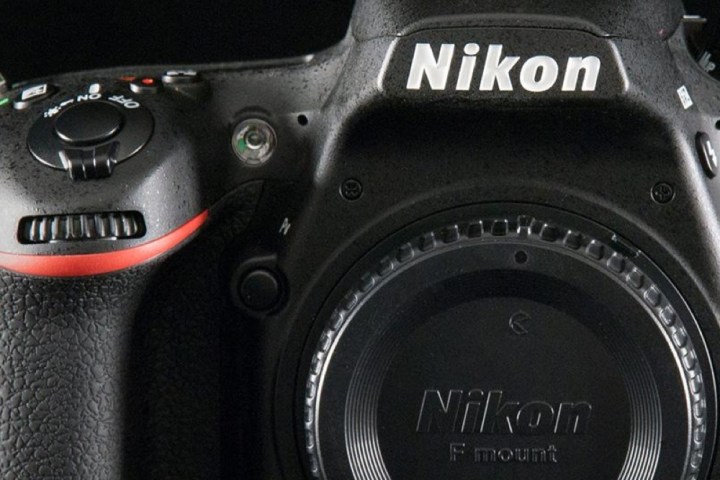
Fueling much of the rumor is the news that Nikon was recently granted registration of a new camera by Indonesia’s communications agency. Listed under the codename “N1514,” the model first made its debut back in March 2016 when Nikon originally filed for registration.

The reason this particular registration stands out is two-fold. First, the number doesn’t have any connection with a model that’s already on the market. Thus, it’s not likely to be an update to a camera Nikon already has out there. Second, the timing of the registration coincides perfectly with rumors that Nikon could be releasing a large-sensor mirrorless camera.
Despite the hearsay and registration information, nothing is known for certain about this mythical camera. Some information is pointing toward a release later this year, during September’s Photokina, but as Nikon Rumors points out, a lack of detailed information makes this seem a bit unlikely. That said, it’s not impossible that Nikon is keeping extremely close tabs on the development of this camera to ensure there aren’t any leaks. Even if this turns out to be some type of new camera, it may be something different (or better).
So, could this be Nikon’s first full-frame mirrorless camera? It would certainly help carve some market share away from Sony, but so far there haven’t been any signs that Nikon is interested in making a full-frame, F-mount
If the rumors are to come to fruition, Nikon could have one of the most powerful mirrorless systems on the market. By utilizing its full-frame FX sensor with an accompanying F-mount, Nikon users around the world would be able to use the hundreds of lenses already on the market, rather than having to invest in a whole new system – a huge barrier to entry for photographers looking to make the jump to mirrorless.
Ultimately, time will tell. We’ll be sure to keep you up to date on the latest developments, but absorb this news with skepticism.
Editors' Recommendations
- New Nikon camera gear for space station marks end of an era
- Nikon’s new 800mm lens for Z-mount cameras lightens the load
- The best full-frame cameras
- The Nikon Z 7 II and Z 6 II are coming October 14: Here’s what we want to see
- Nikon’s latest optics offer features unique to the Z lens line




